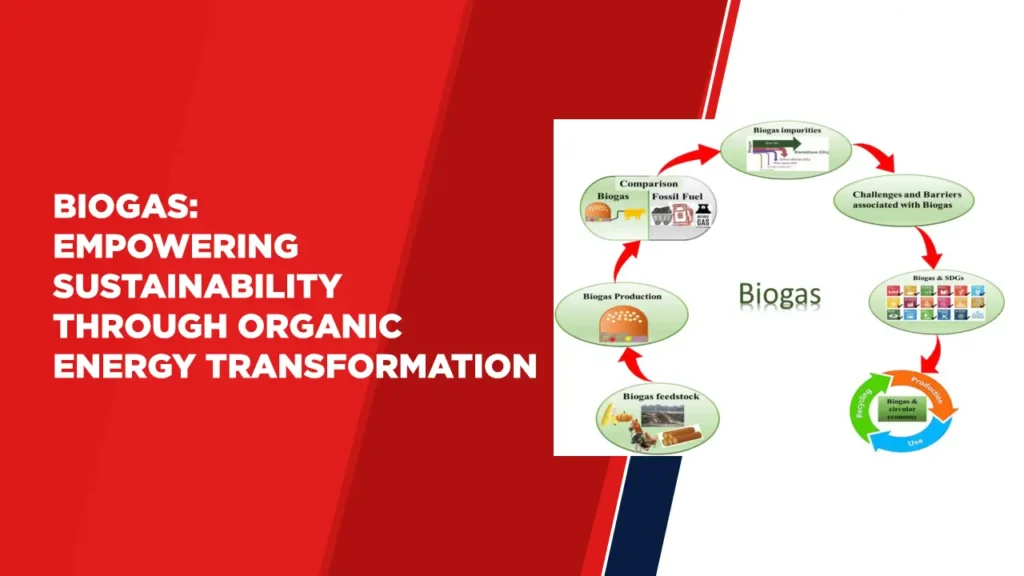Biogas: Empowering Sustainability Through Organic Energy Transformation
Introduction:
In a time where the need for energy solutions and efficient organic waste management’s of utmost importance, biogas has emerged as a viable solution. Generated through digestion biogas is an energy source that not only tackles waste management problems but also helps in reducing greenhouse gas emissions. This article explores the mechanics of biogas production, its composition and the various ways it is revolutionizing the energy sector.
Understanding Biogas:
Biogas is a type of fuel that is created when microorganisms break down matter in an environment without oxygen. This natural process, called digestion, produces methane (CH4) and carbon dioxide (CO2) well, as small amounts of other gases. The specific composition of the gas can vary depending on the type of material being digested and the conditions under which it occurs.
Biogas Plant:
A biogas plant is a facility that is constructed with the intention of utilizing digestion to generate biogas. These plants create controlled conditions, for decomposing materials, like food waste, agricultural leftovers, sewage and animal manure. The generated biogas can be used for purposes making biogas plants contributors to waste management and the production of sustainable energy.
Biogas Production Process:
The production of biogas involves several stages:
Feedstock Collection:
Organic waste materials are collected and introduced into the biogas plant. These materials can include kitchen waste, crop residues, and even wastewater.
Anaerobic Digestion:
In the absence of oxygen, microorganisms break down the organic matter, releasing methane and carbon dioxide as byproducts.
Gas Collection:
The biogas produced is collected and stored, often in specially designed gas holders.
Purification:
To improve the quality of biogas and remove impurities, purification processes such as scrubbing or upgrading are employed.
Uses and Benefits of Biogas:
The applications of biogas extend across multiple sectors:
Energy Generation:
Biogas can be burned to produce heat or electricity, offering a renewable energy source that can be used for powering homes, industries, and even local power grids.
Cooking and Heating:
In rural and off-grid areas, biogas serves as a clean cooking fuel, replacing traditional biomass fuels that contribute to indoor air pollution.
Transportation:
Purified biogas, known as biomethane, can be used as a vehicle fuel, reducing carbon emissions in the transportation sector.
Waste Management:
By converting organic waste into biogas, the process mitigates landfill usage, reducing greenhouse gas emissions and tackling waste-related problems.
Composition and Environmental Impact:
The composition of biogas mainly consists of methane (CH4) and carbon dioxide (CO2) along with amounts of gases like hydrogen sulphide (H2S) and water vapor. The presence of methane is especially important as it contributes to the energy value of biogas. The. Use of biogas helps in reducing the release of methane, which is a powerful greenhouse gas, into the atmosphere.
Conclusion:
Biogas is a remarkable example of turning a waste issue into an energy and sustainability solution. Its ability to transform organic matter into a valuable fuel source underscores its significance in addressing waste management challenges and promoting renewable energy adoption. As we continue to explore avenues for reducing our carbon footprint and securing a cleaner future, biogas stands as a shining example of innovation, efficiency, and environmental responsibility.




